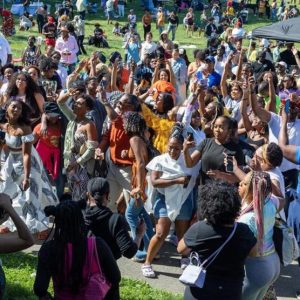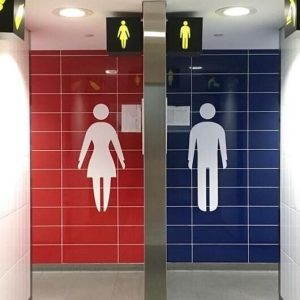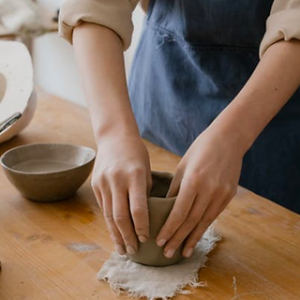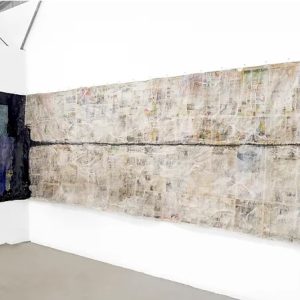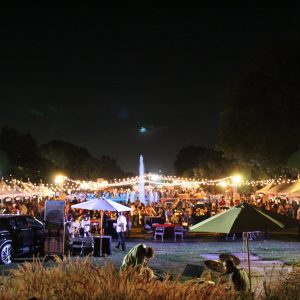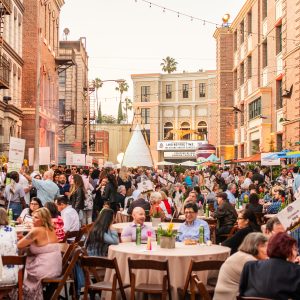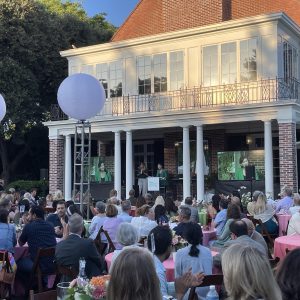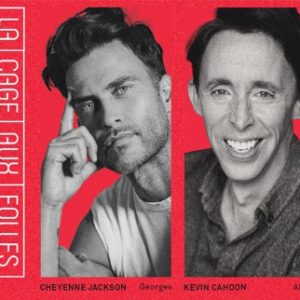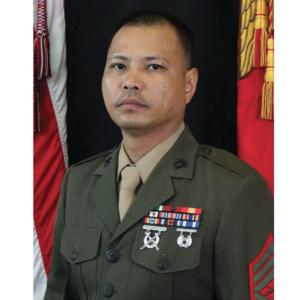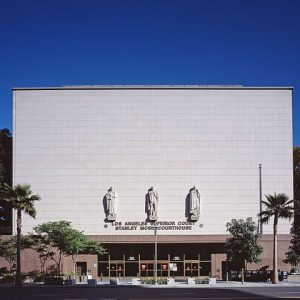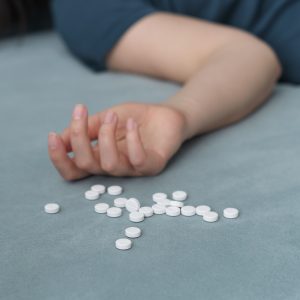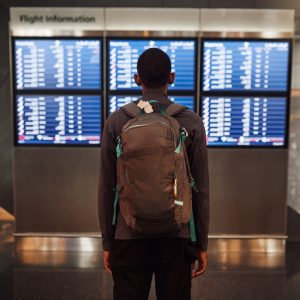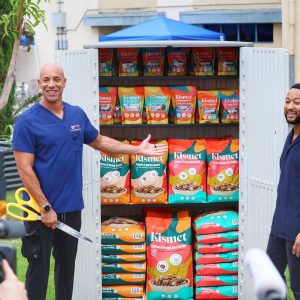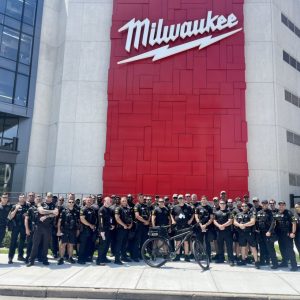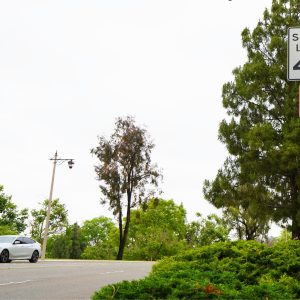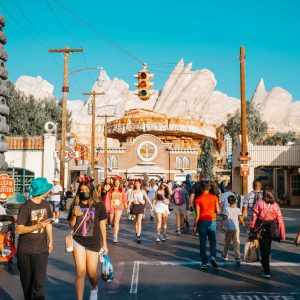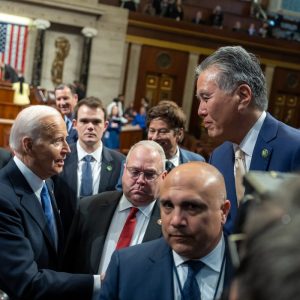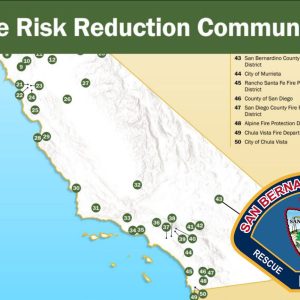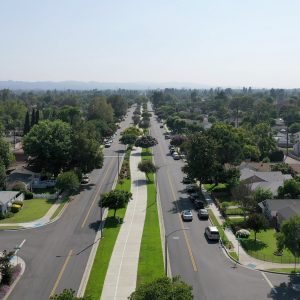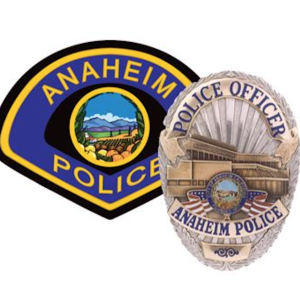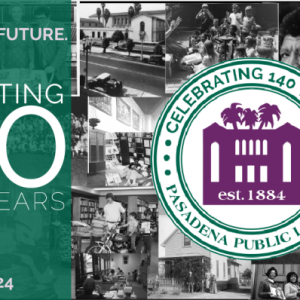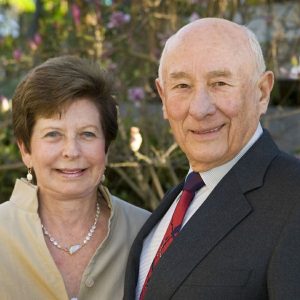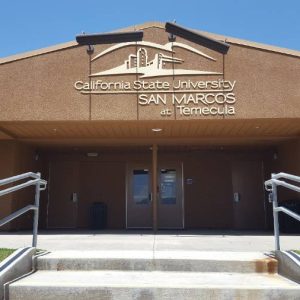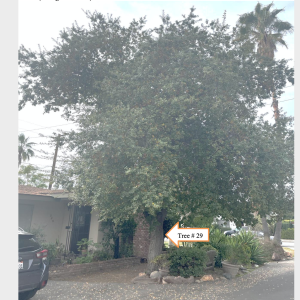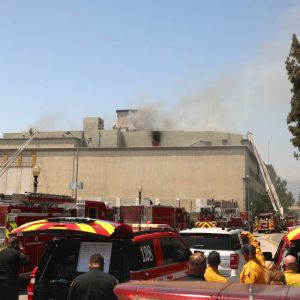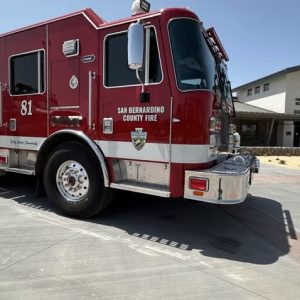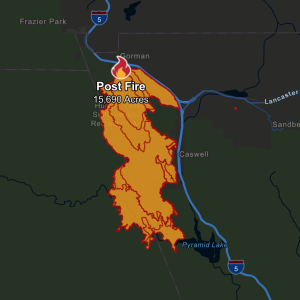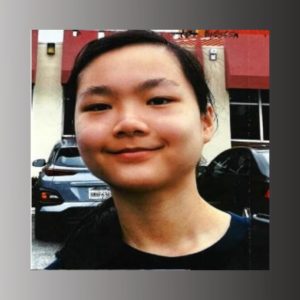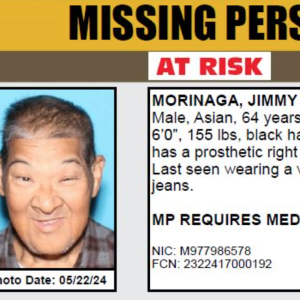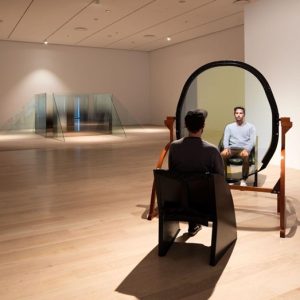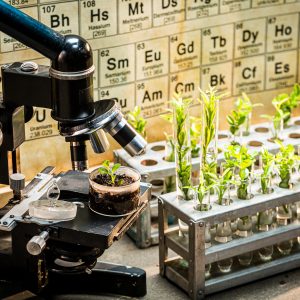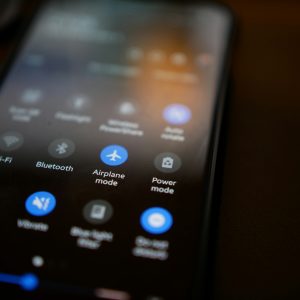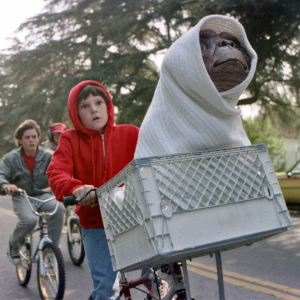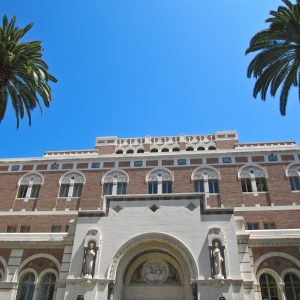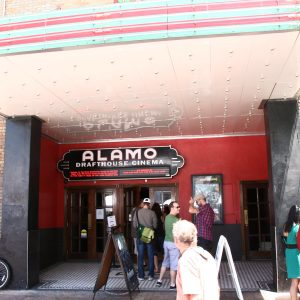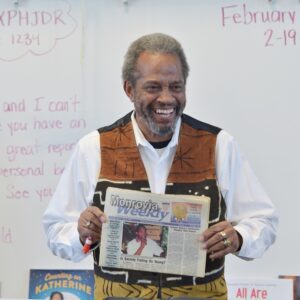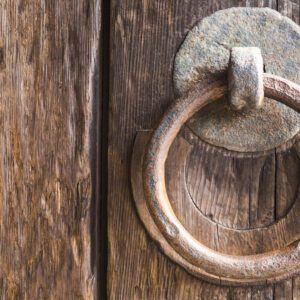 View Winners →
View Winners → From Slavery to Japanese Internment: A Family Embodies What it Means to Love Thy Neighbor
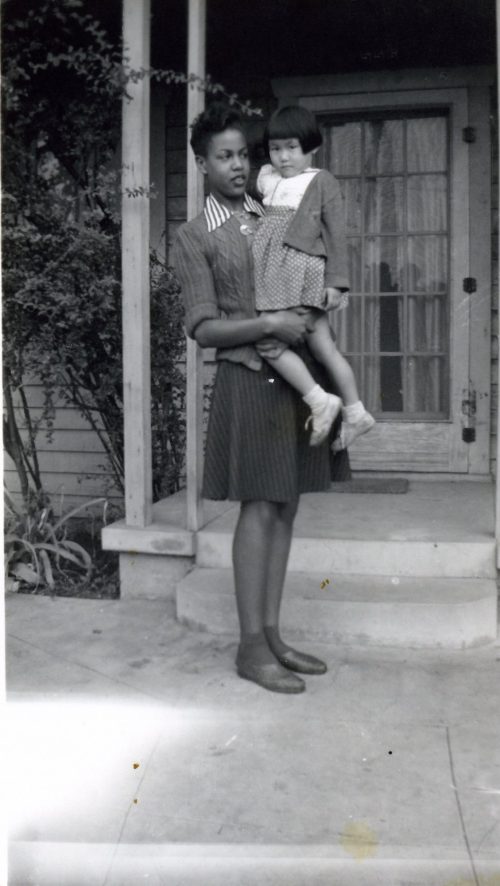

By Susie Ling
Marvin “Oka”Inouye was playing on Evergreen and Ivy — in the middle of the street. Hisneighbor, Barbara Jean (now Williams), insisted the 5-year old step back on thesidewalk. That’s how Marvin met his “other” mother in 1956. For six decades,Marvin was best friends with Barbara’s oldest son, Marcus Lewis, and in and outof Barbara’s homes.
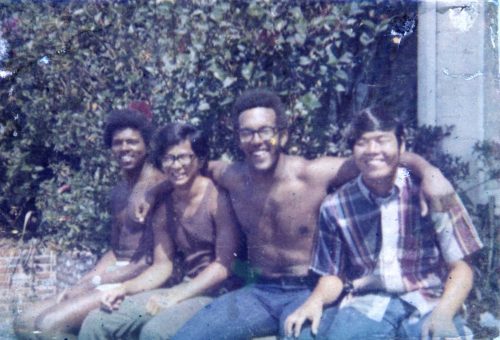
But it wasonly recently that Marvin came to realize that this was not the first time thatBarbara Jean, an African American, helped her Japanese American neighbors.Barbara, née Marshall, grew up in the J-Flats community of Los Angeles, betweenEast Hollywood and Silver Lake. In the middle of this Japanese Americanimmigrant community was the home of the Marshalls. One Japanese American alumniof Dayton Heights Elementary, Colleen “Teeny” Kunitomi, said, “I used to wonderhow this African American family got in the middle of all these Asianimmigrants.” Actually, it was Barbara’s grandparents, former slave George andJosephine Albright who homesteaded the property as early as 1892. Theirdaughter Crystal would also settle on Westmoreland Avenue with her husband,Rufus Marshall. They owned a catering business while raising three children:Josephine (Burch), Rufus, and Barbara Jean.
As theJapanese American population grew around them, the Marshall family accepted andadapted. Barbara, now 93, said, “We lived between the Kakiba and Hoshizakifamilies and we were always exchanging food across the hedges. In fact, mymother suggested I go to Japanese language school with our neighbors. We evenhad a koi pond.” Mr. Kakiba worked for the Dolly Madison bakery and theHoshizaki’s opened Fujiya Market on Virgil Avenue in 1932, so there was somegood food passed over those hedges.

Barbara said,“But in 1942, the president at the time changed everything. My household wasdisrupted as my neighbors’ households were disrupted. It was heart wrenching.”On the day the Japanese Americans had to report to unjust internment, it wasBarbara’s mother that worked endlessly in the kitchen feeding all her JapaneseAmerican neighbors a last good hearty breakfast of biscuits, eggs, and coffee.Barbara remembers, “She was cooking and cooking.” And it was Barbara’s fatherwho drove one family after another in the dismal rain to the designated meetingspot for the internees. In the weeks following, the Marshalls packed chickenpies to pass across the fence at Santa Anita Assembly Center. Dr. Takashi Hoshizaki,then 16, remembers “Nana” passing in the best apple pie with puffed-up crustand ice cream. From Santa Anita Assembly Center, most of the Dayton HeightsJapanese — like the Monrovia Japanese — were interned at Heart MountainConcentration Camp in Wyoming.
The Marshallsdid more. Joann Kakiba Asao, now of Monrovia, said between grateful tears, “TheMarshalls stored a trunk for my grandparents. After the war, we still had ourprecious kimonos, our shamisen, and our Japanese dolls. My grandmother was aseamstress and my aunts were Japanese dancers.” The Marshalls also were givenpower-of-attorney to protect property and bank accounts for some JapaneseAmericans.
Morerecently, Barbara thought to visit Manzanar Concentration Camp off Route 395with her other son, Eric. But she never got out of the car. Eric said, “Shejust cried and cried thinking how desolate and unjust these camps were.”
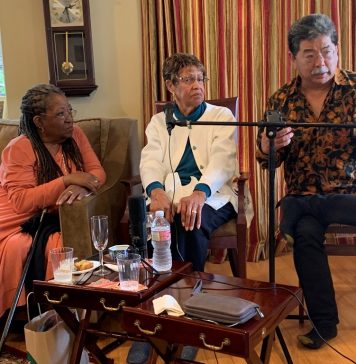
Marvin’ssister-in-law, UCLA Professor Judy Mitoma, said, “This is a beautiful story ofbeautiful hearts. The Albright-Marshalls found a safe space from racism to growtheir families. This was a family that had survived slavery; everything else istempered by those roots. That was the seed. They shared their food, theircaring, and their love with others who came into their neighborhood. This is thehistory of a lineage.”




